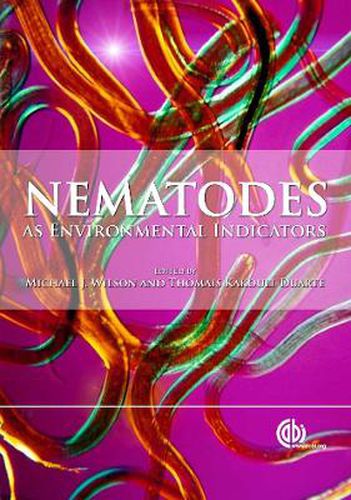Readings Newsletter
Become a Readings Member to make your shopping experience even easier.
Sign in or sign up for free!
You’re not far away from qualifying for FREE standard shipping within Australia
You’ve qualified for FREE standard shipping within Australia
The cart is loading…






Nematodes are the most widespread multicellular animals in nature and analysis of nematodes in terrestrial, freshwater and marine environments, as well as their role and function in ecosystems, can be used for environmental monitoring. Compared to other organisms, they offer the greatest potential as bioindicators and can be used to study gene expression in relation to environmental challenges, to monitor changing impacts on the environment and in laboratory ecotoxicity tests. This volume will address classical and molecular approaches to nematode community analysis, the contemporary field of nematodes as biosensors, as well as geonomic and post geonomic aspects of nematode bioindicators. In addition, case studies will stress the importance of these bioindicators and demonstrate the commercial potential of these technologies. Providing a timely review of research into nematodes and environmental monitoring, this book will be essential reading for researchers in nematology and environmental science.
$9.00 standard shipping within Australia
FREE standard shipping within Australia for orders over $100.00
Express & International shipping calculated at checkout
Nematodes are the most widespread multicellular animals in nature and analysis of nematodes in terrestrial, freshwater and marine environments, as well as their role and function in ecosystems, can be used for environmental monitoring. Compared to other organisms, they offer the greatest potential as bioindicators and can be used to study gene expression in relation to environmental challenges, to monitor changing impacts on the environment and in laboratory ecotoxicity tests. This volume will address classical and molecular approaches to nematode community analysis, the contemporary field of nematodes as biosensors, as well as geonomic and post geonomic aspects of nematode bioindicators. In addition, case studies will stress the importance of these bioindicators and demonstrate the commercial potential of these technologies. Providing a timely review of research into nematodes and environmental monitoring, this book will be essential reading for researchers in nematology and environmental science.